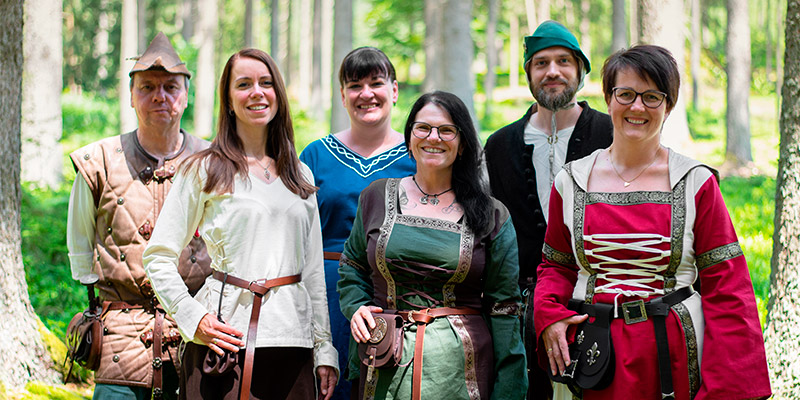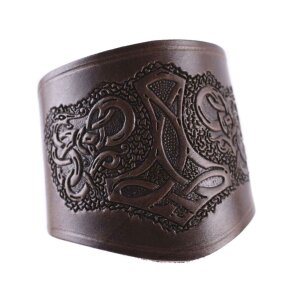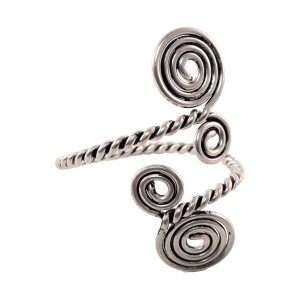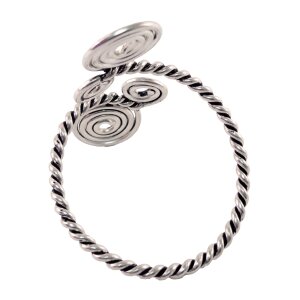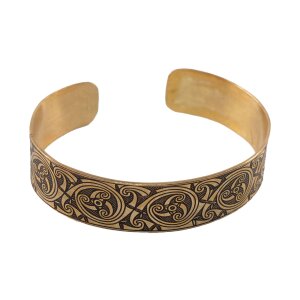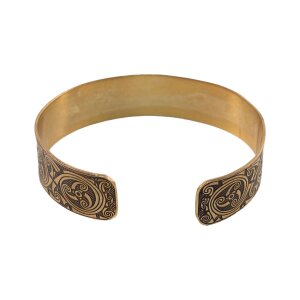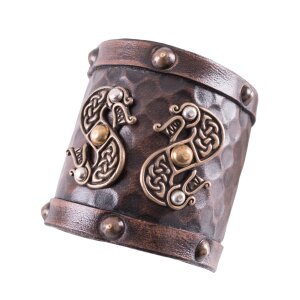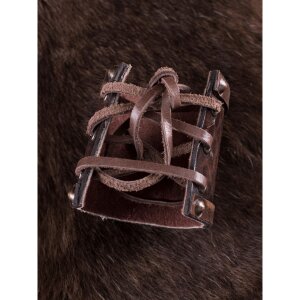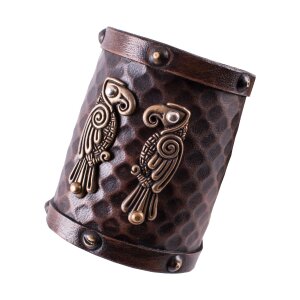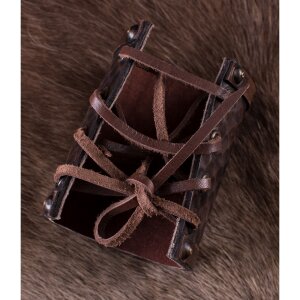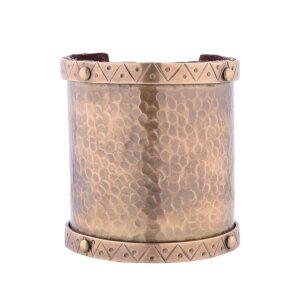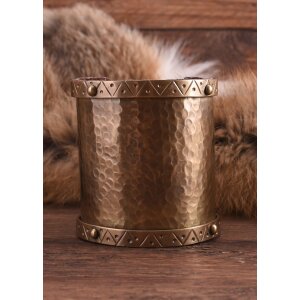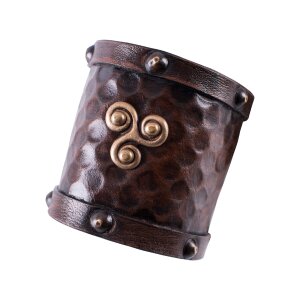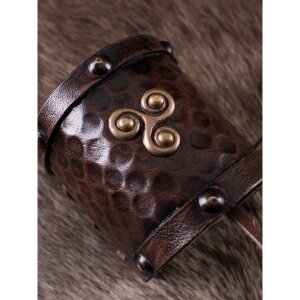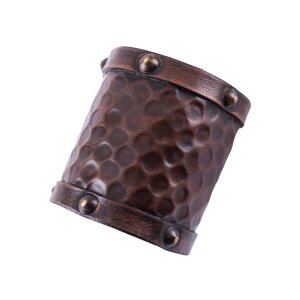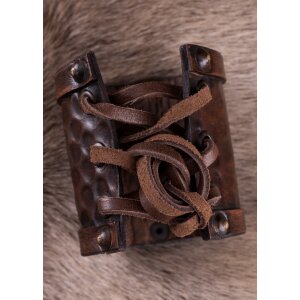Medieval bracelet and medieval bangle
- Available
-
Delivery time: 2 - 3 working days* (DE - int. shipments may differ)
- Available
-
Delivery time: 2 - 3 working days* (DE - int. shipments may differ)
- Available
-
Delivery time: 2 - 3 working days* (DE - int. shipments may differ)
- Available
-
Delivery time: 2 - 3 working days* (DE - int. shipments may differ)
- Available
-
Delivery time: 2 - 3 working days* (DE - int. shipments may differ)
- Available
-
Delivery time: 2 - 3 working days* (DE - int. shipments may differ)
- Available
-
Delivery time: 2 - 3 working days* (DE - int. shipments may differ)
Medieval bracelet and medieval bangle
Bracelets and bangles, along with rings, necklaces and earrings, belong to the jewelry that has accompanied people for a very long time. In the beginning, arm jewelry was made of twigs or even grasses, later, of course, leather and metal.
Arm ornaments were used partly as decorative jewelry, warriors wore wide bracelets to protect their arms, while others needed it for personal protection from evil spirits or powers. In the Middle Ages, of course, arm jewelry was also considered a status symbol. The more opulent the jewelry, the higher the status. Medieval bracelets were worn more by women, with men wearing more medieval bracelets made of leather.
What materials did a medieval bracelet and medieval bangle consist of?
- leather
- Copper
- bronze
- silver
- gold
- Brass
What were the advantages of materials in the Middle Ages?
Leather was a widely used material for jewelry making. Leather could be easily shaped, bent, molded to fit one's body, and embossed. Larger leather scraps could be used to make bracelets. Smaller scraps were worked into leather straps, to which a pendant could then be attached.
Besides leather, metals such as bronze, copper, silver, brass and gold were worked into bracelets or torques. Metal was of course not as flexible as leather, but more durable, as evidenced by finds from the present day. Mass-produced jewelry was made with a lead-tin alloy, which made it less expensive. So each material had advantages, now it just depended on personal preference, necessary money and use. As a result, there were many different types of jewelry.
What were the bracelets and bangles in the early, high and late Middle Ages?
Bracelets in the early Middle Ages were usually made of copper and bronze, some later models were made of iron. They were usually engraved with simple geometric patterns such as circles, spades and crosses. Some bracelets contained a single line of intricate runic inscriptions or images that were symbolic of their wearer. Bangles as well as bracelets could be a sign of rank or membership in a guild and were even used as a sign of marriage in some cultures. Bracelets were also often given as gifts, making them symbols of love and friendship.
Bracelets were a popular form of jewelry in the High Middle Ages, with styles ranging from simple metal bands to designs ornately set with pearls and gemstones. The material used for these bracelets, such as gold, silver, or bronze, was often expensive and could indicate the social status of the wearer. Engraved bracelets with religious symbols were common during this period, as they were a visible sign of faith and devotion. Bracelets could also be decorated with intricate filigree patterns, enameled surfaces, and jeweled settings, reflecting the high level of craftsmanship in the culture of the High Middle Ages. Jewelry of this era often featured motifs inspired by nature, such as flowers or animals. While bracelets were worn primarily by the upper classes, they were also found among the lower classes, as they were an affordable way to add a touch of luxury to their clothing.
Bracelets and bangles were a popular accessory in the late Middle Ages. They were worn by both men and women, though the style varied between the sexes. Men often wore bracelets made of metal links or leather straps decorated with symbols of power such as a coat of arms or a crown. Women usually opted for more delicate pieces with precious stones, intricate engravings and decorative beads. The materials used to create these fashionable accessories were very diverse - from gold and silver to glass, coral and colored enamel. Bracelets were also often combined with other jewelry such as rings or necklaces.

